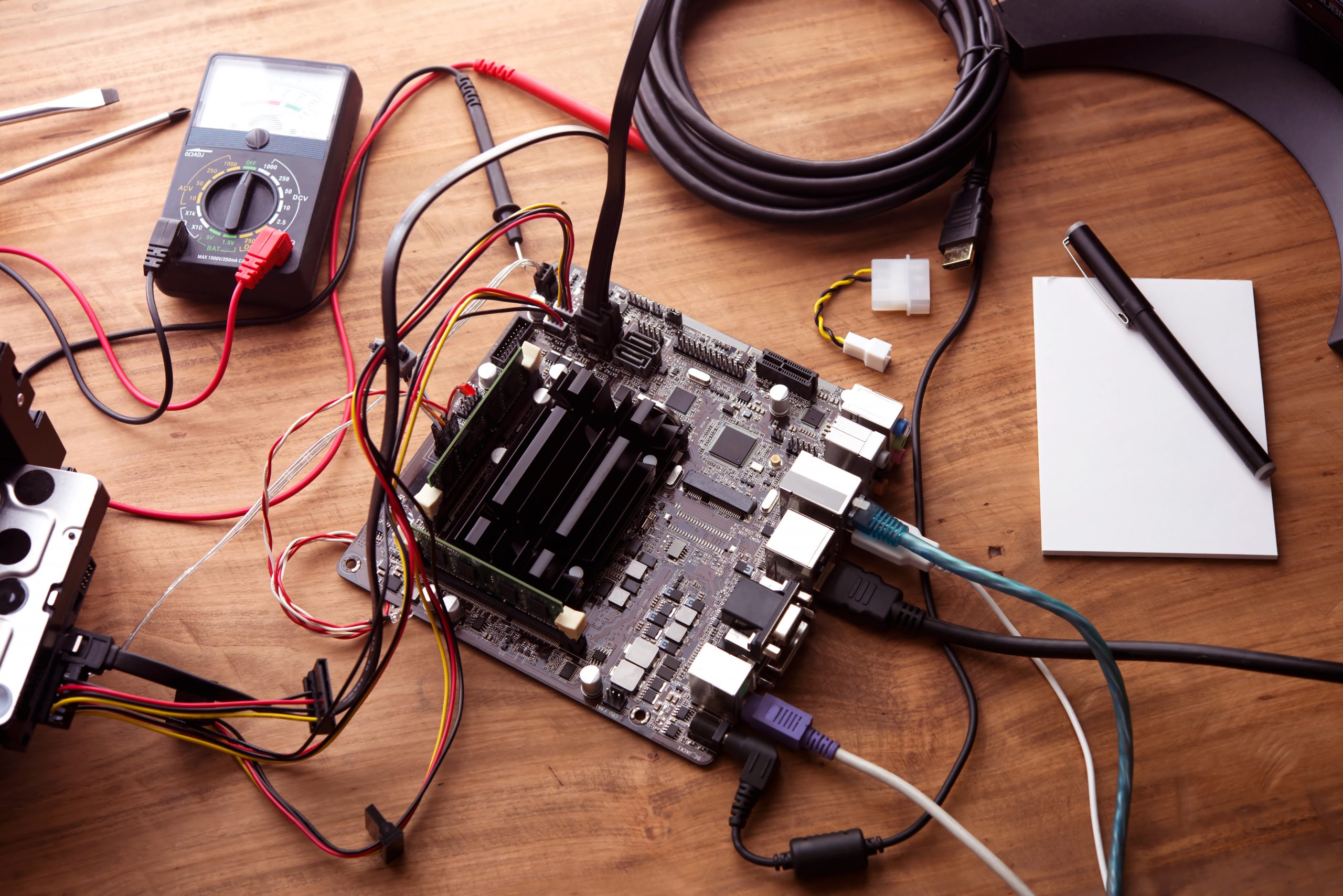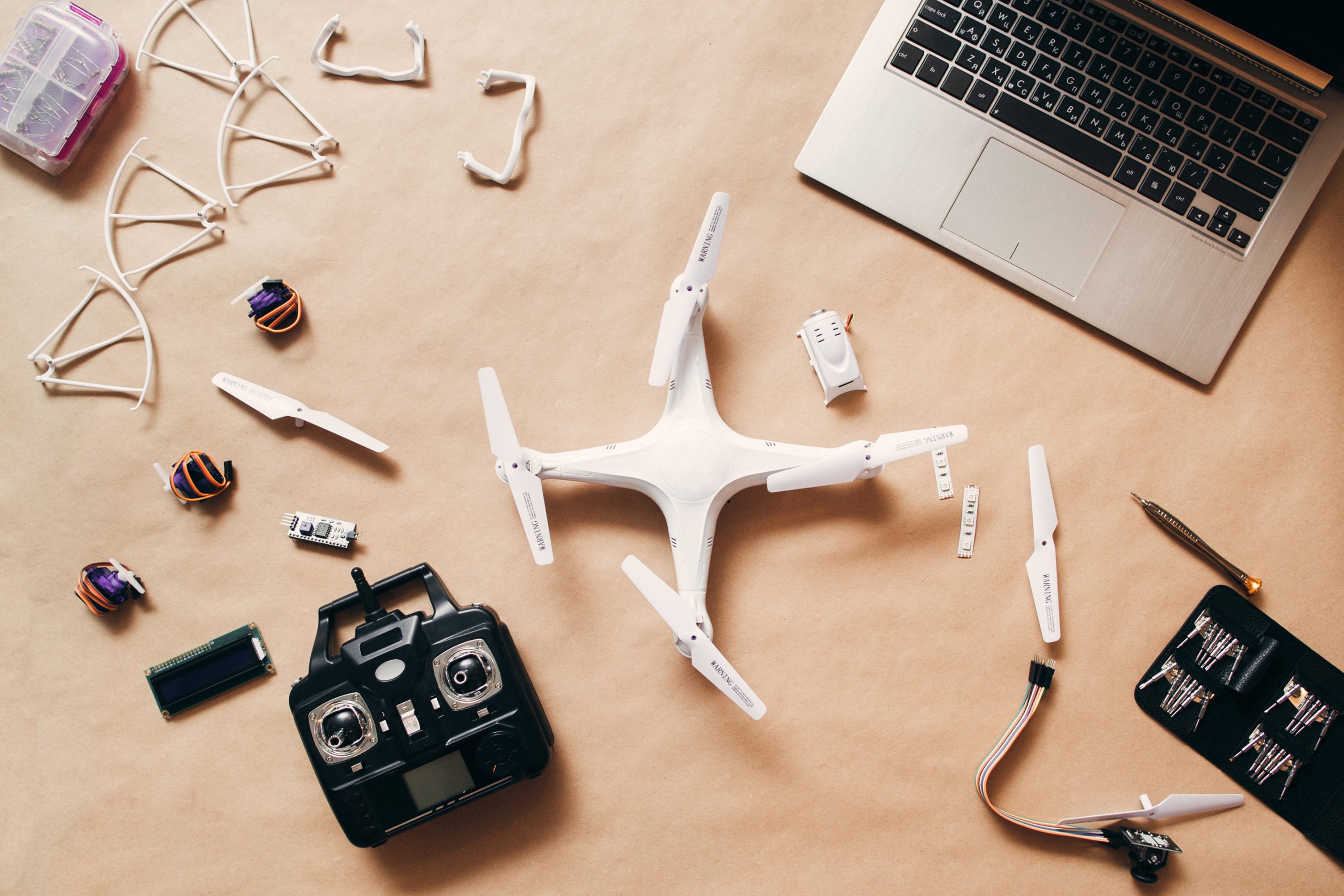How IoT products change the way we live
IoT products are finding their way into everyday places and daily life: Inventory trackers, smart home security systems, wearables and connected appliances manage our homes and our lives. But it doesn’t stop there: IoT has become essential to businesses as well. IoT allows companies to get a deep insight on everything from the performance of machines to logistics operations and the supply chain. Through IoT devices companies can minimize their labor costs by automating processes.
Iot is disrupting the market and it won’t be long until IoT devices will be as influential as cell phones are today. This makes it the perfect time to get involved with them now: there is still plenty of room for inventions and new ideas that our advanced technology is ready to transform into reality. At the same time people are longing for new IoT devices to make their lives smarter.
Ideas often stay ideas and never find their way into existence because important aspects remain unnoticed on the way. We want to provide you with a bullet proof list about how to move from an idea to an IoT prototype which is the base for an actual IoT device.
What is IoT prototyping?
Having an idea leads to the IoT prototyping process which is the most crucial step before any IoT product goes on being mass produced and is being sold to people. The purpose of prototype building is to test your concept with an actual target audience, to find out about all necessary parameters for your IoT device deployment, to become aware of all technical requirements and to find out if they can meet your expectation. Ultimately, your IoT prototype validates your idea. It is the prerequisite to get investors and in the long run to get noticed on the market.

Hardware is notoriously known for being hard. For business and enterprises, IoT has been a pipeline in their company and portfolio growth. Obviously the first step in the IoT prototyping is research to understand the problem statement. The technology is just a means to solve the problem. The IoT prototypes developed are not production devices but they provide a clear understanding of the solution or the experiment which still lies on the paper. It provides a means and base to iterate over the prototype to target for the minimum viable products or production grade systems.
How to build an IoT prototype?
Here are the stages of IoT prototyping that should be part in every smart prototyping process. When we are approached with an IoT device idea at This Is DMG, those are the precise steps we take to transform an idea into a meaningful and successful product.
1. Requirement gathering
Any successful project starts from here regardless of the field. For IoT prototyping as well, this is where everything starts. We do in depth analysis of the problem statement, earlier research done to solve the problem statement, market research and analysis. Along with that we have multiple sessions with our clients to funnel the requirement into a deliverable. This is usually highly agile depending upon the prototype. In some cases, it might just be a weekly experimentation that clients want to do, test, or feel.
2. Hardware selection
This is one of the areas where developers spend a lot of time in order to create an IoT prototype. Nevertheless, this shouldn’t be the case. The hardware selection should always depend on a PoC (Proof of Concept) or PoT (Proof of technology). The PoC determines the working of a though concept and the PoT determines the working of a technology.
a. In PoC, which is mostly the case for IoT prototyping, picking off the shelf components is always the best approach. It saves lot of time and you can build dirty prototypes to understand and see the concept live and working. It removes the task of choosing and thinking about the hardware at the beginning of the stage. This would waste a lot of time, especially since it is still not clear if the prototype will be taken to production stage. For example, we want to create an air quality monitoring system. Off the shelf hardware can include Arduino, raspberry pi or Arm based development boards for computations along with a generic air quality monitoring system. Our lab maintains a range of development boards and off the shelf components that helps us to rapidly build IoT prototypes saving time in procurement.
b. For PoT there might be specific hardware that you have to select to prove that the technology or the proposed concept is technically and practically feasible. For example, if the requirement is to lift a 5KG package by a drone, everything on the drone must be specific: from brushless DC motors to skeleton of the drone. Everything here is precisely calculated. Now it may happen that for the given PoT off the shelf components may be available that you can quickly pickup and create the prototype. In that case, a thorough research has to be done to ensure to not overspend on hardware while prototyping.
3. Tech stack selection
We usually have a ready to deploy framework for IoT tech stack selection. Generally, for PoC and PoT simple scripting may do the job. But we ensure that when going forward, if we are to convert the PoC or PoT to MVP and scale it up, things are already taken care of in the beginning. Our Dev Ops team already maintains customized containers that can be deployed in minutes for development of IoT prototypes and projects. Internally, we have experimented with messaging queues, database, IoT clouds, mobile app frameworks, desktop applications, API management tools and testing tools. A combination of which can be selected based on the prototyping that we do.
4. Development
We understand the time complexity and vision to quickly adapt and fuel the development of IoT prototypes. This is the core reason we follow an agile method where a lot of development work happens parallel to each other. We anticipate the dependencies and challenges in the requirement gathering and planning phase which helps us to orchestrate prototype development along with the resources and skillset. This fast-paced framework has helped us to rapidly prototype IoT products and solutions – sometimes within only a couple of days.
5. Testing
Customers want IoT products because they want a device that does something over the internet. So while testing as well, it is critically important for customers to test those devices themselves and get the experience of the completed prototype. This helps them take decisions for the next steps. At the end of development, we have a clear goal of deliverables. Along with that, we tag a live demo that helps customers test the devices themselves. In some cases, we even ship the prototypes if required. We take the feedback and iterate the development process until the concluded and agreed results are met.
6. MVP and production
Once the vision of the product is clear and customers decide to proceed with the prototype to take it to MVP or production, our specialists come into picture. As already mentioned, IoT prototypes are not production devices, specialists take the prototype of MVP and create a production plan. This step involves everything from component selection to lab testing for certifications. Our partners and collaborators help customers to quickly bring the devices for testing on the market. The production itself is a huge task and requires immense planning.
Our conclusion on IoT prototyping
IoT devices are the present and the future. In our busy worlds it is IoT products that have the potential to ease our lives by designing our work and home environments in a smart way. It is now time for you to turn your idea into reality. The first step is the prototyping of an IoT idea. This step will lay the foundation for getting investors and clients. IoT prototypes are the fastest way to test the IoT ideas internally and externally. It provides a validity and assurance to the customers before investing heavily in any IoT product. IoT prototypes do not require a huge investment, time or big team. With the right people and partners it is an easy and fast task to develop IoT prototypes.
DMG has collected numerous experiences over the last decade to turn a client’s idea into a prototype and into a successful and meaningful IoT product. Our highly talented and diverse team knows how to build a prototype and guarantees that your IoT prototype will be a successful one.
Are you planning an IoT device?
Then get in touch right away. We have experience in the prototyping and implementation of IoT products and will be happy to advise you without obligation.
Together we can create great things. Shall we talk about it?
You can find more about our services in the area of IoT on our service page Digital Products (IoT)
